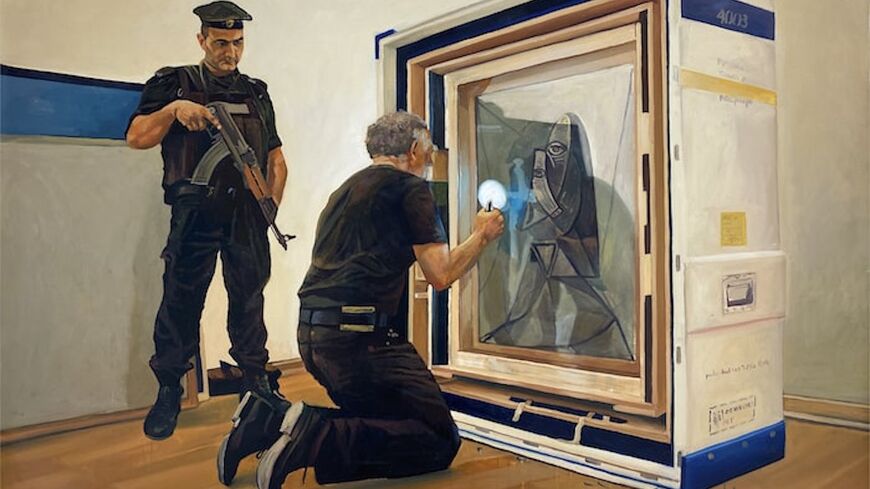
The webmagazine Al-Monitor has just published my piece on Palestinian gallery Zawyeh founded in 2013 in Ramallah, which recently relocated to Dubai.
Read More
The webmagazine Al-Monitor has just published my piece on Palestinian gallery Zawyeh founded in 2013 in Ramallah, which recently relocated to Dubai.
Read More
What does it mean to be Libyan? How to reconstruct a sense of belonging for the country and its people, starting from the deepest roots of Libyan culture, while preserving diversity?
These are the questions that artist, Shefa Salem, is grappling with for her first solo show I am Libya, which took place a few weeks ago in the Barah Arts and Culture Centre in Benghazi and will travel to Tripoli’s old city at the beginning of December.
I have interviewed the artist for Middle East Monitor.
Here is the link to the interview
Read More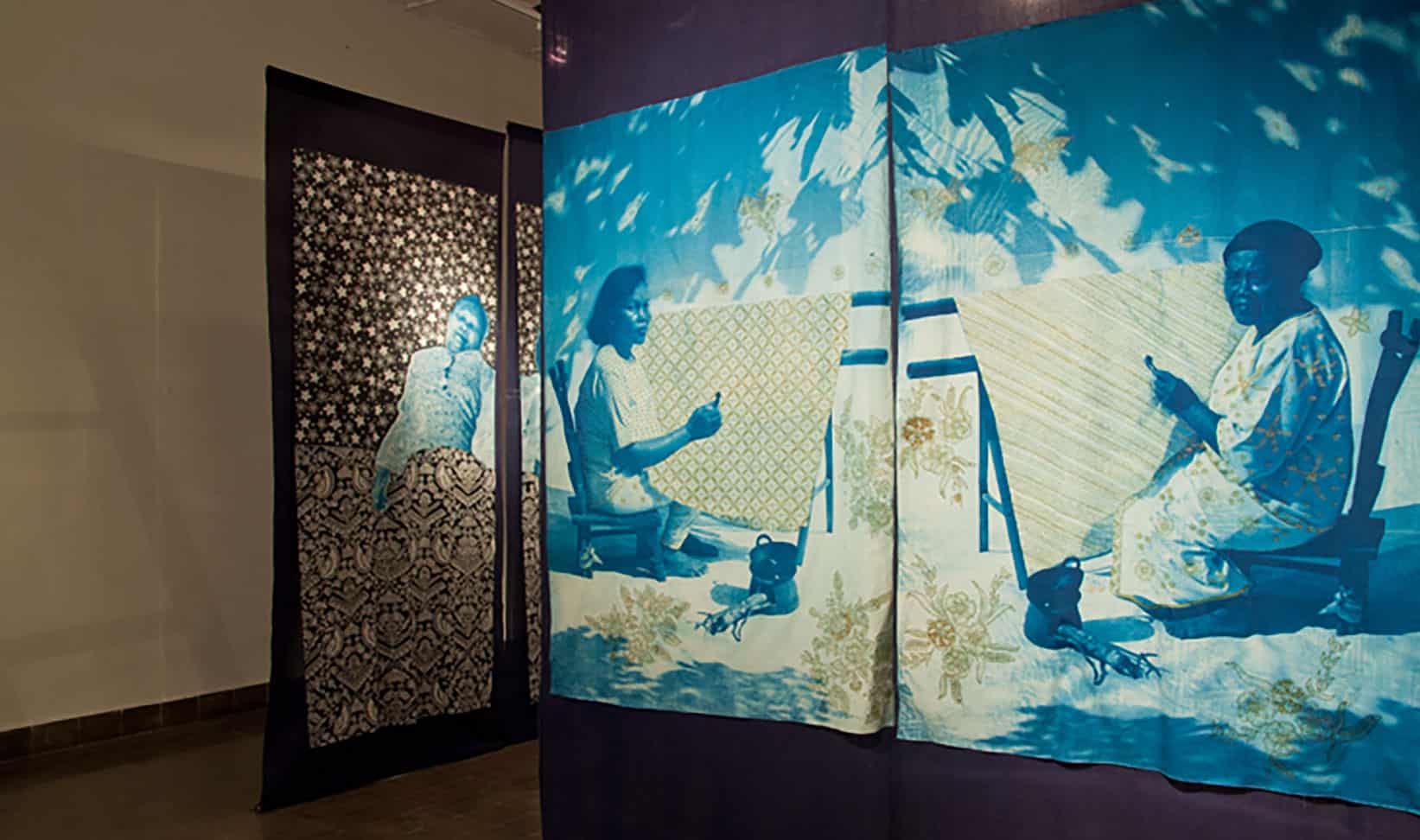
The Singaporean art magazine Plural has just published my latest piece called “Is there a silver lining to the lack of tourism for the Balinese art scene?”
Here I’m interviewing the directors of three different art spaces, Cush Cush Gallery, Kayu, Ketemu and V-Room, to garner their experience with the pandemic shifts in the art scene, and how this is affecting artists and art spaces alike.
Here is the link to the article
Read More
My fifth piece for Middle East Eye is about a Lebanese comic book which tells forgotten stories of country’s feminist struggle. Called ‘Where to, Marie?’, this comic book distils a century of overlooked feminist battles through the stories of five fictional characters. I have interviewed the authors.
Read More
Many of us have misconceptions and preconceived ideas about the art scene in the Gulf countries. Hence, when we see the work of a gallery like Hunna/ هُنَّ — founded this year and representing eight women artists from the Gulf — we open our eyes in disbelief.
How can these artists possibly talk about such thorny issues, like questions of power or the female body, and get away with it? We speak about it on Middle East Monitor with the founder of Hunna, gallerist Océane Sailly
Here is the link to the interview
Read More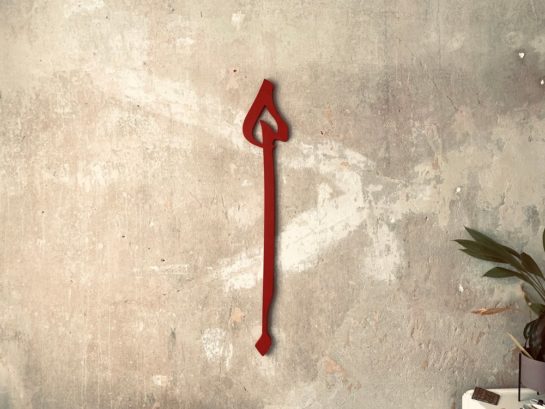
Despite a lack of cultural spaces, as well as ongoing political and economic instability, Libyan artists are determined to nurture their diverse arts scene.
I have spoken to a few of these important figures, working from Tripoli, Benghazi or from abroad, for Middle East Eye.
Read More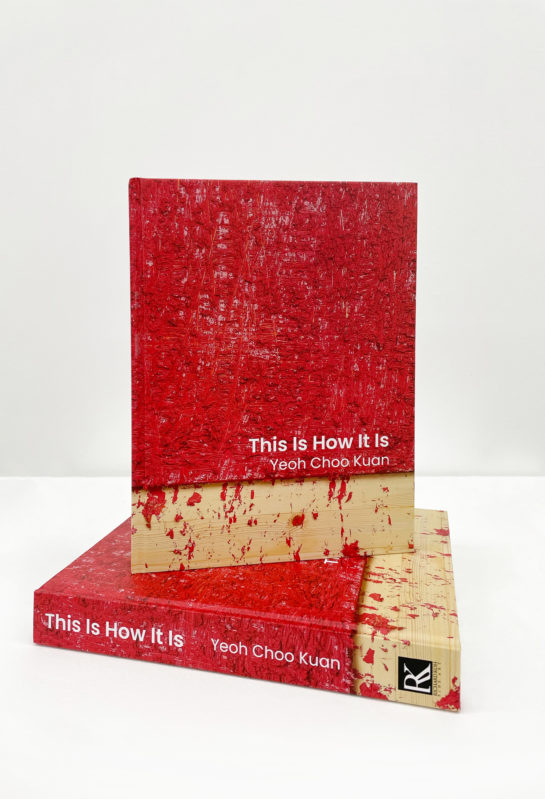
I’m very happy to announce that “This is how it is” the monograph of Malaysian artist Yeoh Choo Kuan, is finally out, published by Richard Koh Fine Art. I have written the book’s texts that translate and interpret the different phases of the artist’s career, and realized interviews that figure as segments in the book.
The book features also a foreword by curator and critic, Louis Ho and was edited by writer Rosa Maria Falvo. It presents a number of images of the artist’s work, from his formative years (2011-2014) to the more recent installations and the iconography of traditional Sinophonic visual culture (2018-2020).
You can find the book at Richard Koh Fine Art
From the first dialogues with the artist and the gallerist back in 2019, to visiting the artist’s studio and getting to know the artist’s environment in January 2020 – right before the start of the pandemic – it has been an incredible journey of discovery. Both in the real world – getting to Kuala Lumpur to see the works in person – and at my working table, through the process of writing.

So, about the writing. To talk about some artworks you necessarily need to excavate deep truths. And Choo Kuan’s monograph was definitely a work where the pen was really attuned to the spirit. What I mean by that? Let me back off a bit and explain where I come from in terms of books.
Read More
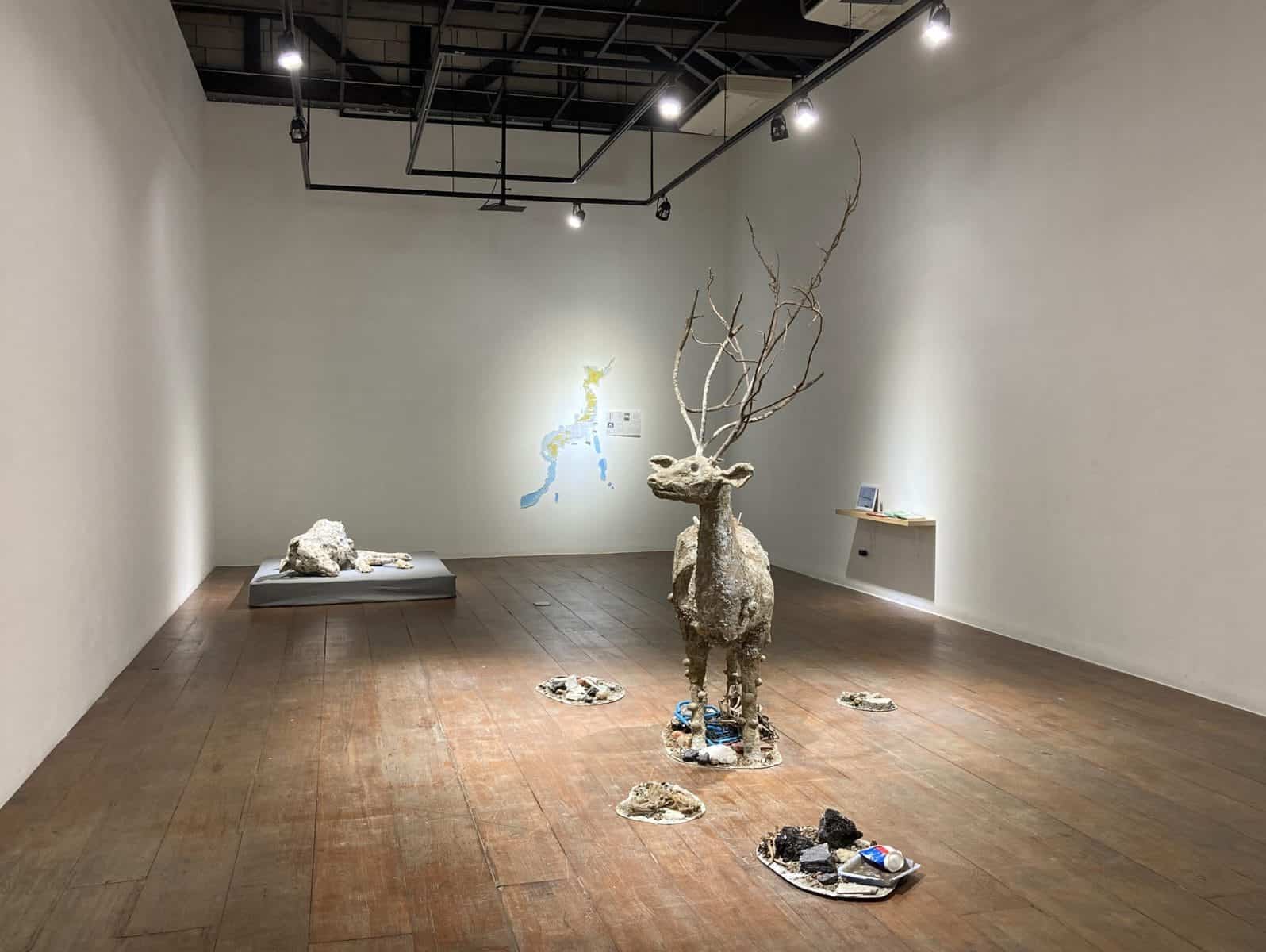
The drill is simple, yet it’s one that we can hardly keep in mind. Don’t fool with Mother Nature. And take responsibility for your behaviour towards all species. This is what the pandemic is teaching us, and what Thai artist Ruangsak Anuwatwimon has been speaking about through more than a decade of highly impactful, heartbreaking artworks.
I have interviewed the artist and the curator Loredana Pazzini-Paracciani for the show Reincarnations III – Ecologies of Life is presently showing at Warin Lab Contemporary, Bangkok. The piece is on Plural Art Mag.
Here is the link to the article
Read More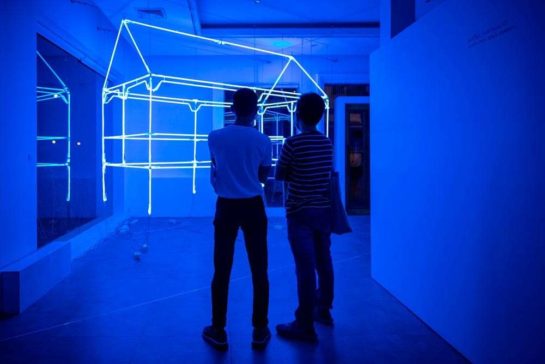
I went to Cambodia for the first time in 2018, doing Siem Reap, Battambang and Phnom Penh. During my one month research trip I spoke with as many artist, curators, gallerist that I could.
Cambodia and its arts scene operated a deep transformation in my spirit, and I became very fond of the burgeoning art scene there, steadily developing despite the many difficulties.
One of the most deep, articulated conversation that I had during that time was with artist and curator Vuth Lyno. When I visited him at the art space Sa Sa BASSAC in Phnom Penh, I mostly asked him about the art community.
This time, I have interviewed him for Plural Art Mag, about it latest work Sala Samnak at Mirage Contemporary Art Space, Siem Reap.
Here is the link to the interview
Read More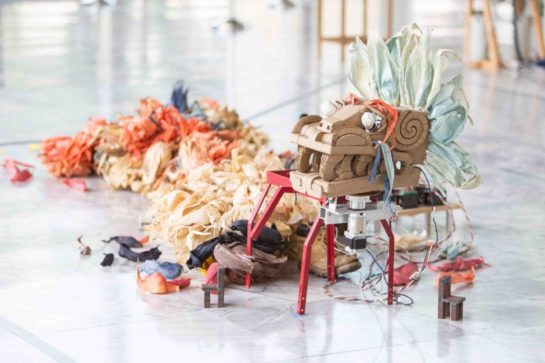
I have been following the Taipei Biennial for three editions now, and I have always found an incredible timeliness of themes, and a great execution.
I have written about the 2020-2021 edition for Plural Art Mag, a cool and energetic new magazine from Singapore that I had the great pleasure to collaborate with.
The article is an interview with the curators of the new edition of the Taipei Biennale, Bruno Latour, Martin Guinard and Eva Lin
Read More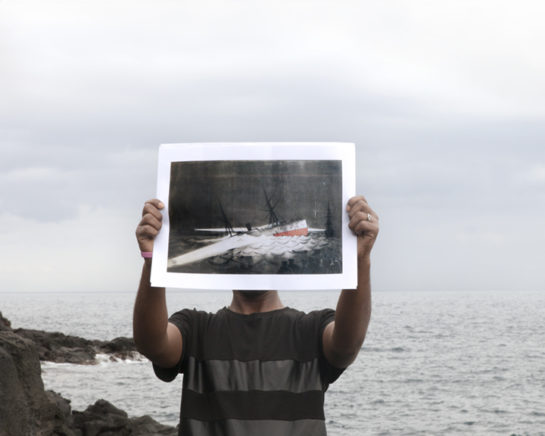
Among the different research I’m currently conducting around different themes and places in contemporary art, one of the interest trail in Italian colonialism in North Africa.
I have written some pieces about Italian colonialism in Libya, and now I looked at Ethiopia and Eritrea with Eritrean-born artist Dawit L. Petros.
He has focused for over a decade on a critical re-reading of colonialism. His artworks aim for an introspective and textured analysis of the historical factors that determined migrations, and his practice always includes extensive research on the field.
Read More